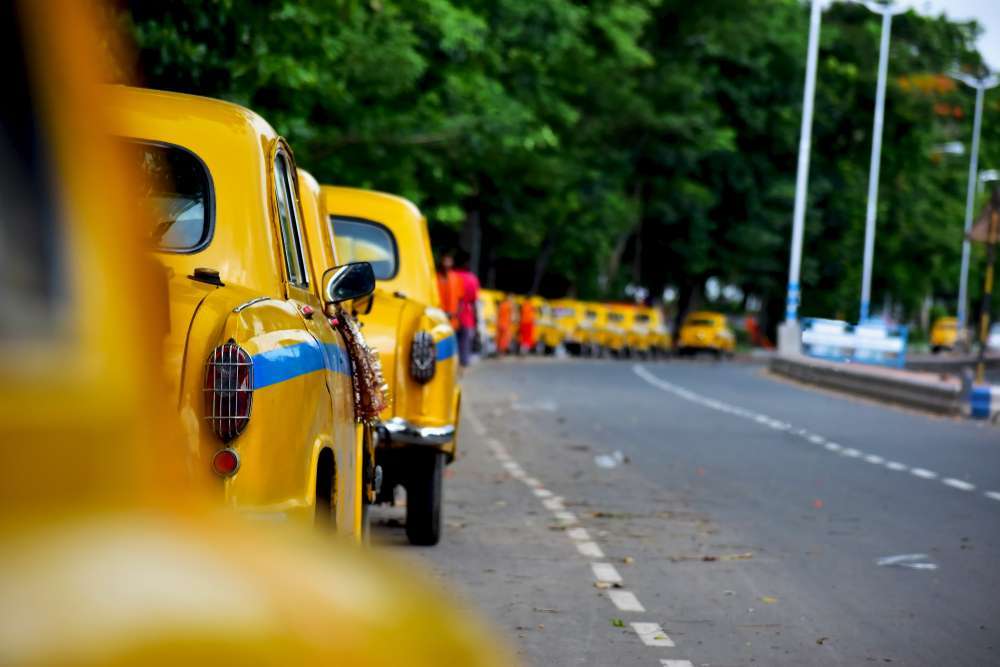India, a land of vibrant cultures, ancient traditions, and breathtaking landscapes, is not only a feast for the eyes but also a paradise for food enthusiasts. The country’s culinary landscape is as diverse as its people, with each region boasting a unique array of flavors, ingredients, and cooking techniques that reflect its history, geography, and cultural influences. In this gastronomic journey, we delve deep into the heart of India’s culinary delights, exploring the rich tapestry of tastes that make it a food lover’s haven.
INDIAN VISA FOR ANTIGUA BARBUDA CITIZENS
A Symphony of Flavors
Indian cuisine is like a symphony of flavors, where the notes of sweet, sour, spicy, and savory come together to create a harmonious melody on the palate. From the fiery curries of the south to the aromatic biryanis of the north, every dish is a testament to the country’s culinary prowess. Spices, the backbone of Indian cooking, play a pivotal role in shaping its distinctive taste profile. The spice trade has a long history in India, dating back to ancient times, and it’s no wonder that Indian cuisine is renowned worldwide for its bold and complex flavors. From the earthy warmth of cumin to the fiery kick of red chili, the spices used in Indian dishes not only enhance the taste but also provide numerous health benefits.
Regional Riches
One of the most captivating aspects of Indian cuisine is its regional diversity. Each state boasts its own culinary identity, showcasing a remarkable range of ingredients and techniques.
North India is famed for its tandoori delicacies and rich gravies. The iconic butter chicken and fragrant naan bread are popular dishes that have found fans across the globe. In contrast, South India offers a plethora of vegetarian delights, featuring dishes like dosa (a crispy fermented crepe) and sambar (a tangy lentil stew).
East India presents a seafood lover’s paradise, with dishes like macher jhol (fish curry) and chingri malai curry (prawns in coconut milk) stealing the spotlight. Meanwhile, West India showcases the spicy and tangy flavors of Maharashtra’s vada pav (spicy potato fritters in a bun) and Gujarat’s dhokla (steamed fermented rice cakes).
Cultural Influences
India’s culinary journey is a reflection of its rich history and cultural influences. Centuries of trade, invasions, and migrations have contributed to the diverse range of ingredients and cooking techniques present in Indian cuisine.
Mughal influence is evident in the decadent biryanis and kebabs that grace Indian tables. The use of aromatic spices and techniques like dum cooking (slow cooking in a sealed pot) is a testament to the Mughal culinary legacy. On the other hand, the British Raj introduced dishes like the beloved railway mutton curry, which still holds a special place in many Indian households.
Street Food Extravaganza
No exploration of Indian culinary delights would be complete without a mention of its vibrant street food culture. Indian streets come alive with the sizzle of grills, the aroma of spices, and the buzz of hungry patrons lining up for their favorite treats.
Chaat, a category of savory snacks, is a staple of Indian street food. From the tangy aloo tikki chaat to the spicy and crunchy bhel puri, these dishes are a celebration of contrasting textures and flavors. And who can resist the allure of pani puri, where crispy hollow shells are filled with spicy, tangy, and sweet concoctions?
The Sweet Finale
In India, no meal is complete without a touch of sweetness. Indian desserts, often referred to as mithai, are a testament to the country’s love affair with sugary delights.
Gulab jamun, soft deep-fried dough balls soaked in fragrant sugar syrup, and jalebi, intricately coiled and deep-fried dough soaked in saffron-infused sugar syrup, are popular choices that adorn dessert platters during celebrations. In Bengal, the rosogolla, a spongy and syrupy confection, reigns supreme.
INDIAN VISA FOR ARMENIAN CITIZENS
Health and Wellness
Beyond their delectable taste, many Indian dishes come with health benefits rooted in the use of spices and traditional ingredients. Turmeric, a staple in Indian cooking, is known for its anti-inflammatory properties. The use of lentils and legumes in many Indian vegetarian dishes provides a good source of plant-based protein.
In Conclusion
Exploring India’s culinary delights is akin to embarking on a sensory journey that traverses landscapes, cultures, and histories. Each bite tells a story of the people who have shaped and savored these dishes over generations. Whether you’re savoring the rich gravies of North India or the coastal curries of the South, every dish is a piece of India’s diverse culinary puzzle, waiting to be savored and celebrated. So, take a culinary leap into India’s flavorsome world – a journey that promises to tickle your taste buds and open your heart to the enchanting tale of India’s culinary heritage.
Read more: Discovering India’s Must-See Destinations for Every Traveler’s Bucket List
